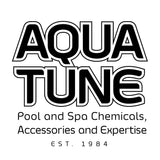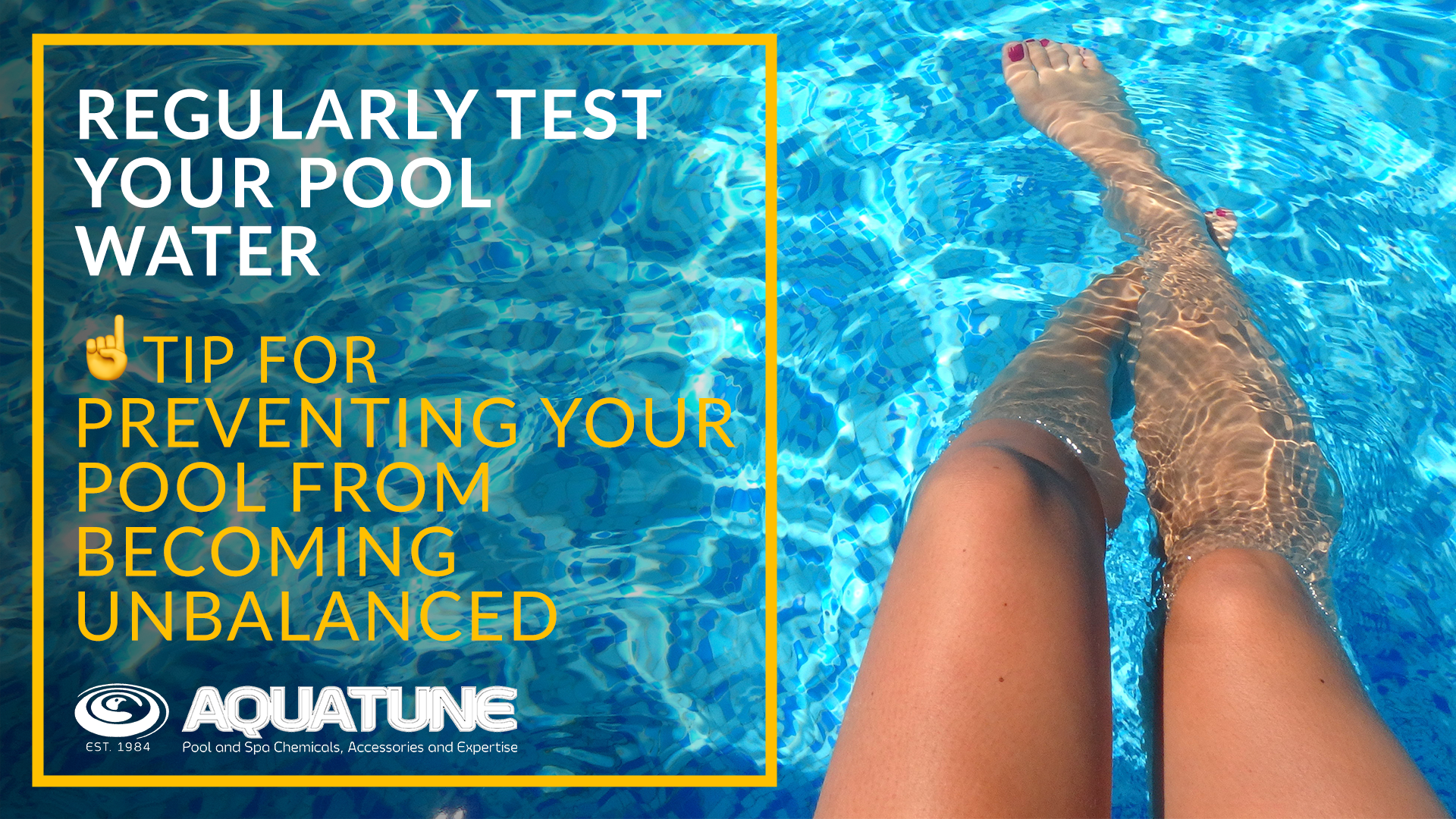
Welcome to the Aquatune blog, your go-to resource for all things related to pool and spa maintenance. As a family-owned Australian business with over three decades of experience, we take pride in being your trusted supplier of pool and spa chemicals. Our mission is to ensure your safety and enjoyment by providing high-quality products and empowering you with the knowledge on proper chemical application and maintenance practices.
In this article, we will address common concerns shared by pool owners and provide expert solutions to help you achieve optimal results. But before we dive into the valuable tips, we would like to express our gratitude for your continued support as a valued blog reader. At Aquatune, we are committed to delivering exceptional customer service, competitive prices, superior product quality, and free reliable shipping Australia wide.
In this blog post, we are thrilled to share a testimonial from Robert in Buderim, Queensland, who praised our services. Robert's kind words reinforce our dedication to meeting and exceeding our customers' expectations.
Featured Testimonial:
"Excellent customer service. Sharp prices, top-notch product quality, great shipping tracking. I am a three-times repeat customer, says it all."
- Robert in Buderim, Queensland.
We thank Robert for his kind words and are delighted to have him as a satisfied customer.
We would also like to take this opportunity to answer a couple of his questions regarding pool balance and stain removal, which we believe are shared concerns for many pool owners.

Featured Question:
“How do I stop a pool from becoming constantly unbalanced? And how can I safely remove stains?”
Our Answer:
Maintaining a balanced pool and effectively removing stains are common concerns for many pool owners. We understand the challenges that come with these tasks, and we're here to provide expert solutions to help you achieve the best results. Here are some valuable tips:
1. Achieving Pool Balance:To prevent your pool from constantly becoming unbalanced, follow these steps:
- Regularly test your pool water using a reliable water testing kit or consult your local pool store for accurate results.
- Maintain the pH level within the ideal range of 7.2 to 7.6. Aquatune offers pH balancing products to help you achieve and maintain the desired levels.
- Control the total alkalinity (TA) levels, typically should be between 80-120 parts per million (ppm), to stabilise pH and prevent rapid fluctuations. Aquatune provides effective alkalinity increasers and decreasers.
- Ensure adequate sanitiser levels with chlorine or alternative sanitisers. Aquatune offers a range of options to suit your specific needs.

2. Staining:
Stains in a pool or spa are either organic or inorganic and removing them requires different treatments.
Organic
Organic stains usually occur because leaf litter, blossoms or other greenery are not removed quickly enough and the resultant tannin or other organic residue then stains. Usually with concrete and fully-tiled pools these stains can be bleached out by dosing chlorine with the pump off. Fibreglass pools should be colour fast but try a little test area in the least noticeable part of the pool first.
With vinyl lined pools, chlorine contact directly with any surface is likely to bleach their natural colours. You may need to use your pool pole and suspend a sock of chlorine over an affected area then move the pole to a further section of the pool, etc.
Inorganic
Inorganic stains are usually the result of a strong oxidiser (eg. Chlorine) being in contact with a metal. While in nature metal stains can be all sorts of colours, in a pool environment the principal culprits are usually copper or iron, and depending on the strength of the metal present, they exhibit blue, green, brown or black for copper and brown or black for iron.
While copper can be present from corrosion of copper piping or copper gas heating components, it is predominately present as a result from using an algaecide. When using a copper algaecide, make sure no chlorine is added at the same time either by hand addition, a chlorinator cell (unplug the salt chlorinator), tablet float or feeder for 24 hours.
Iron is usually not a problem with most mains water but can be significantly present in bore water. If it is intended to fill or top up your pool with bore water, take a sample of it to your local pool shop to test for iron and, if present, treat the pool with a metal chelating product (eg. metal magnet or similar).
Other sources of iron in a pool can come from angle grinding in the vicinity, rogue stainless steel ladders or handrails, or from pins, staples, certain toys etc.
The other major metal always present in your pool is calcium. This plates out on walls and floors (scaling) if the Calcium hardness is too high and/or If the pool pH drifts above 7.6. Calcium scale is rough and white but usually exhibits a brownish look from trapping dirt in the scale. The use of metal magnet will remove scale and lower pool hardness, but correcting pH to below 7.6 is also important.
The best practice to avoiding metal staining in the first place is to be careful when applying a copper based algaecide. Always apply the copper algaecide in diluted form (mix in a bucket of water first) and dribble right around the pool. Do not pour it directly into the skimmer box or in one spot around the pool.
Likewise, in ioniser pools, where copper is a major part of the sanitising system, the non-chlorine oxidiser (Potassium Mono Persulphate) should be spread liberally around the pool.
There is another form of staining in fibreglass pools, particularly older ones, called black spot fibreglass. It is actually osmosis through the gel coat of the colouring ingredients, and presents as a spidery, swirly black staining that you can’t feel with your hands. This is common in older pools where the gel coating is breaking down. It can be treated with Aquatune’s Black Spot Fibreglass and administered per the label instructions. This is usually successful but it may reappear every year or so requiring another treatment.
Best regards,
Warwick
P.S. Do you have a burning question about your pool or spa? We'd love to hear from you! Share your question with us using the link below, and as a small token of our appreciation, we'll send you a discount code for $10 off your next order over $75, which includes free delivery... https://www.aquatune.net.au/pages/quick-favour
P.P.S. Do you look after your pool or spa yourself? Join our Do-It-Yourself Pool and Spa Maintenance community here… https://www.aquatune.net.au/pages/diy.

